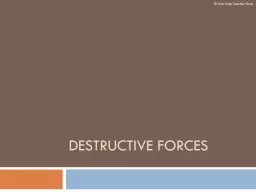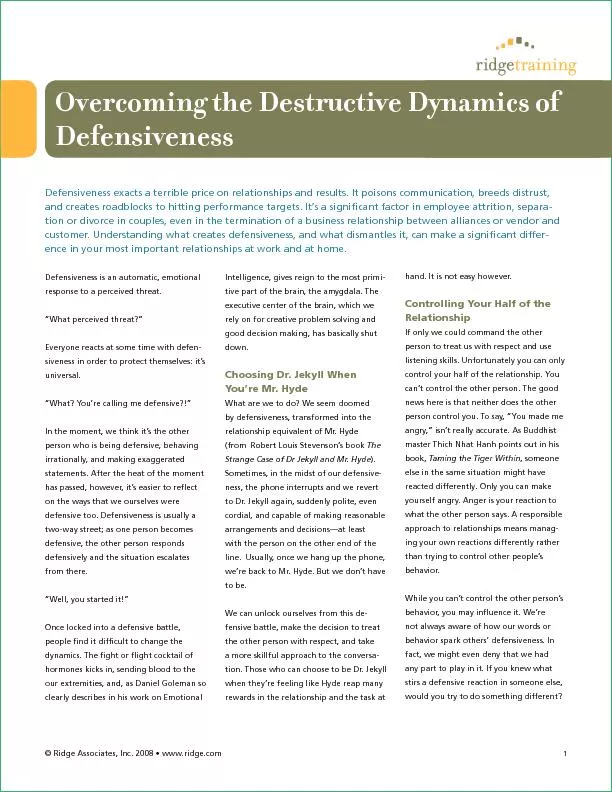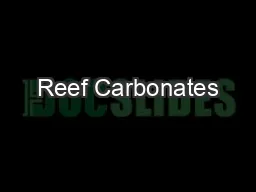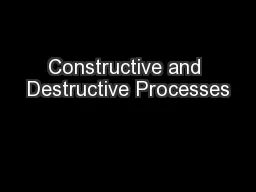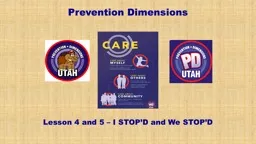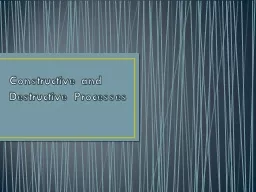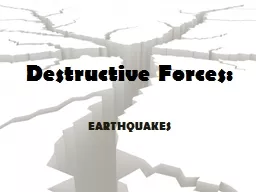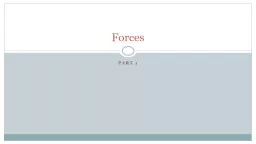PPT-Destructive Forces © One Stop Teacher
Author : jane-oiler | Published Date : 2018-11-06
Shop If the pink gorilla eats watermelon every night how much watermelons does he eat Weathering and Erosion Destructive Forces Weathering the break down of rock
Presentation Embed Code
Download Presentation
Download Presentation The PPT/PDF document "Destructive Forces © One Stop Teacher" is the property of its rightful owner. Permission is granted to download and print the materials on this website for personal, non-commercial use only, and to display it on your personal computer provided you do not modify the materials and that you retain all copyright notices contained in the materials. By downloading content from our website, you accept the terms of this agreement.
Destructive Forces © One Stop Teacher: Transcript
Download Rules Of Document
"Destructive Forces © One Stop Teacher"The content belongs to its owner. You may download and print it for personal use, without modification, and keep all copyright notices. By downloading, you agree to these terms.
Related Documents

